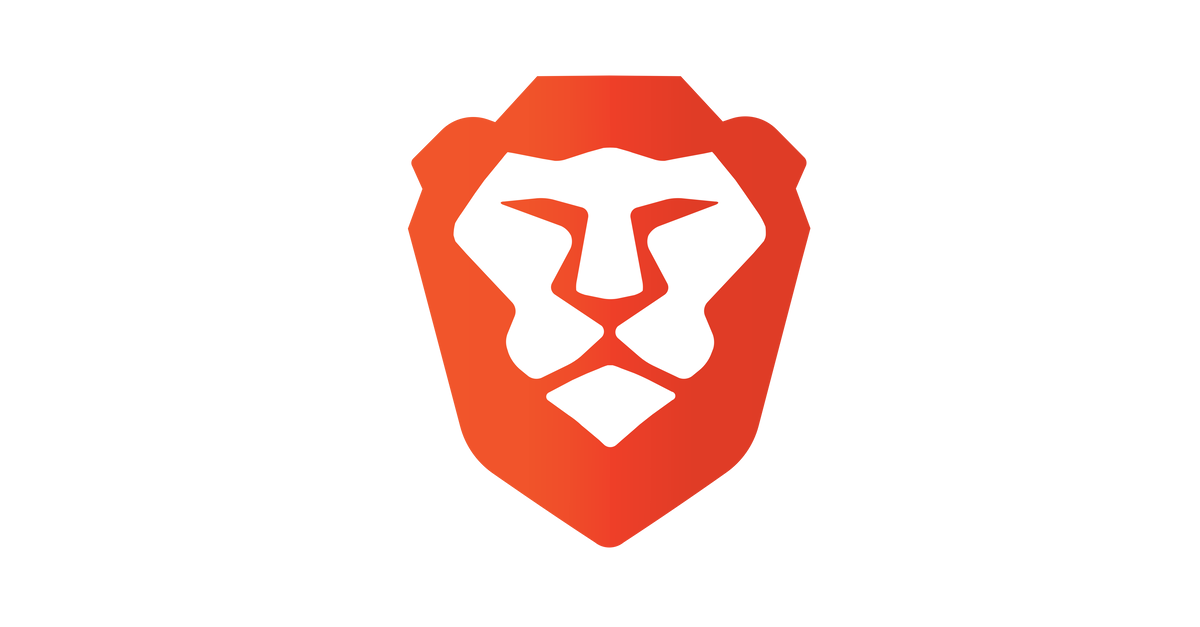The Tor feature included in the Brave web browser allows users to access .onion dark web domains within Brave private browser windows without having to install Tor as separate software.

The Tor feature was added in June 2018, and allowed Brave users to have increased better safety privacy while browsing the web, allowing them to access .onion versions of legitimate websites such as Facebook, Wikipedia and major news portals.
However, in a published research online this weekteam, an anonymous security researcher claims to have found that Brave's Tor feature sends queries for .onion domains to public Internet DNS resolvers rather than Tor nodes.
The researcher's findings were initially disputed, but several prominent security researchers were able to replicate his findings, such as James Kettle, PortSwigger Web Research Director Security and Will Dormann, vulnerability analyst at CERT / CC.
Can confirm. All addresses, both standard and .onion go to the DNS server that the OS is configured to use.
- Will Dormann (@wdormann) February 19, 2021
Tested on Windows. pic.twitter.com/DOZb6fsbXr
The risks of this DNS leak are significant, as any leaks create traces in the log files of DNS servers for Tor traffic of browser users Brave.
While this may not be a problem in some western countries with healthy democracies, using Brave to browse Tor sites by oppressive regimes can be a big problem for some browser users.
Brave Software, today announced an official fix to the Twitter. The patch has already been released in the Brave Nightly version, and will soon be pushed to the stable version probably in the next Brave browser update.
The source of the error was identified as an internal ad blocking feature of Brave, which used DNS queries to detect sites that were trying to bypass ad blocking features. But the developers had forgotten to exclude .onion domains from these controls.
tl; dr
- yan (@bcrypt) February 19, 2021
1. this was already reported on hackerone, was promptly fixed in nightly (so upgrade to nightly if you want the fix now)
2. since it's now public we're uplifting the fix to a stable hotfix
root cause is regression from cname-based adblocking which used a separate DNS query https://t.co/dLjeu4AXtP





